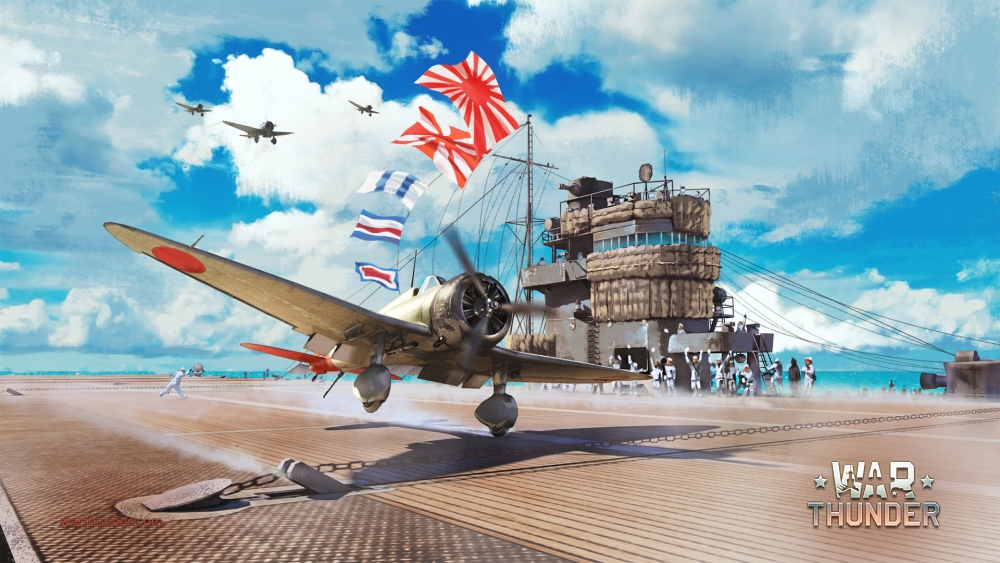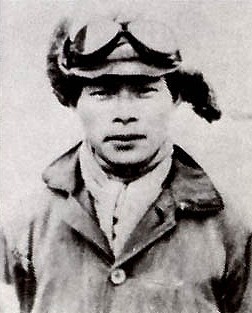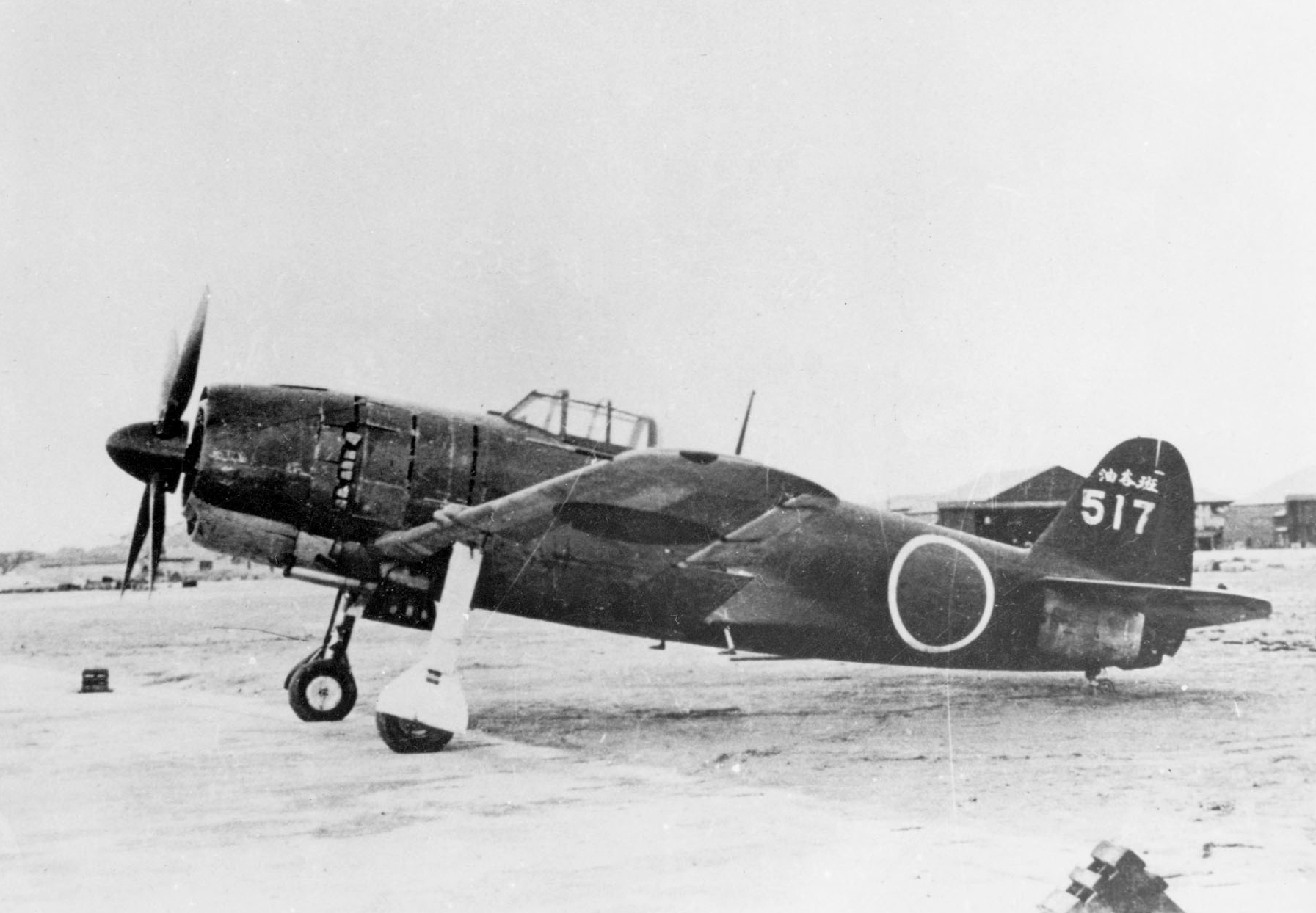
- For PC
- For MAC
- For Linux
- OS: Windows 10 (64 bit)
- Processor: Dual-Core 2.2 GHz
- Memory: 4GB
- Video Card: DirectX 11 level video card: AMD Radeon 77XX / NVIDIA GeForce GTX 660. The minimum supported resolution for the game is 720p.
- Network: Broadband Internet connection
- Hard Drive: 23.1 GB (Minimal client)
- OS: Windows 10/11 (64 bit)
- Processor: Intel Core i5 or Ryzen 5 3600 and better
- Memory: 16 GB and more
- Video Card: DirectX 11 level video card or higher and drivers: Nvidia GeForce 1060 and higher, Radeon RX 570 and higher
- Network: Broadband Internet connection
- Hard Drive: 75.9 GB (Full client)
- OS: Mac OS Big Sur 11.0 or newer
- Processor: Core i5, minimum 2.2GHz (Intel Xeon is not supported)
- Memory: 6 GB
- Video Card: Intel Iris Pro 5200 (Mac), or analog from AMD/Nvidia for Mac. Minimum supported resolution for the game is 720p with Metal support.
- Network: Broadband Internet connection
- Hard Drive: 22.1 GB (Minimal client)
- OS: Mac OS Big Sur 11.0 or newer
- Processor: Core i7 (Intel Xeon is not supported)
- Memory: 8 GB
- Video Card: Radeon Vega II or higher with Metal support.
- Network: Broadband Internet connection
- Hard Drive: 62.2 GB (Full client)
- OS: Most modern 64bit Linux distributions
- Processor: Dual-Core 2.4 GHz
- Memory: 4 GB
- Video Card: NVIDIA 660 with latest proprietary drivers (not older than 6 months) / similar AMD with latest proprietary drivers (not older than 6 months; the minimum supported resolution for the game is 720p) with Vulkan support.
- Network: Broadband Internet connection
- Hard Drive: 22.1 GB (Minimal client)
- OS: Ubuntu 20.04 64bit
- Processor: Intel Core i7
- Memory: 16 GB
- Video Card: NVIDIA 1060 with latest proprietary drivers (not older than 6 months) / similar AMD (Radeon RX 570) with latest proprietary drivers (not older than 6 months) with Vulkan support.
- Network: Broadband Internet connection
- Hard Drive: 62.2 GB (Full client)

 Kaneyoshi Muto (June 1916 – 24th July 1945) was a Japanese naval pilot and ace known for his superb skill in fighter aircraft. Fellow ace Saburo Sakai (famous author and pilot) called him "a genius in the air."
Kaneyoshi Muto (June 1916 – 24th July 1945) was a Japanese naval pilot and ace known for his superb skill in fighter aircraft. Fellow ace Saburo Sakai (famous author and pilot) called him "a genius in the air."
Whilst the attack on Pearl Harbor was in progress, Japanese forces also attacked the Philippines. On the 8th of December 1941 Muto, flying with the 3rd Air Group, took part in attacks on Iba and Clark Airfield to lessen the impending threat of American air power.
Muto fought subsequent air battles in the Java Sea, the Solomon Islands and in New Guinea. He fought alongside Saburo Sakai throughout the middle of 1944 on the island of Iwo Jima, surviving this bloody area Muto was called by Sakai "the toughest fighter pilot in the Imperial Navy."
In December 1944, Muto was reassigned to the Japanese Home Islands to join Captain Minoru Genda in his 343rd Kokutai formed to defend against B-29 Superfortress attacks. Muto was also identified as a tactics instructor with the Yokosuka Air Group, based at Naval Air Facility Atsugi in early 1945. There, Muto flew a powerful Kawanishi N1K-J Shiden, an aircraft codenamed "George" by the Americans. At that time, he and his wife Kiyoki were expecting a child.
 On the 16th of February 1945, Muto and at least nine fellow airmen scrambled to meet an incoming flight of unknown enemy fighters. The Japanese fighters were a mixed group of aircraft made up from Mitsubishi A6M Zeros, J2M Raidens, and Kawanishi Shidens such as the one Muto flew. The latter two types of aircraft were heavily armed, each carrying four 20 mm Type 99 cannon. The enemy turned out to be a group of seven U.S. Navy Grumman F6F Hellcats flying from the aircraft carrier the Bennington. The Americans were well trained, but this was their first experience in combat, the Japanese veteran pilots shot down four without loss to themselves. Two of the Americans were killed in action and two were taken prisoner of war.
On the 16th of February 1945, Muto and at least nine fellow airmen scrambled to meet an incoming flight of unknown enemy fighters. The Japanese fighters were a mixed group of aircraft made up from Mitsubishi A6M Zeros, J2M Raidens, and Kawanishi Shidens such as the one Muto flew. The latter two types of aircraft were heavily armed, each carrying four 20 mm Type 99 cannon. The enemy turned out to be a group of seven U.S. Navy Grumman F6F Hellcats flying from the aircraft carrier the Bennington. The Americans were well trained, but this was their first experience in combat, the Japanese veteran pilots shot down four without loss to themselves. Two of the Americans were killed in action and two were taken prisoner of war.
After the squadron of Japanese pilots landed at Yokosuka, newspaper reporters wrote about Muto alone, ignoring the others in his flight. Muto was said to have fought a dozen Hellcats alone, splashing four in the ocean and chasing the others away. They compared him to the legendary Samurai swordsman Miyamoto Musashi, thrusting and attacking with a fighter aircraft rather than a sword. Muto's wife read these triumphant reports while recovering from the birth of their new daughter. The story of Muto flying alone was the one related by Genda to Norman Polmar, U.S. Navy historian, and to Masatake Okumiya, Jiro Horikoshi and Martin Caidin, who co-authored the book Zero!
Muto continued to serve in combat, defending Japan against American forces such as in March 1945 when aircraft from Task Force 58 flew over Shikoku. In June he was posted to the 343rd Air Group, 301st Squadron commanded by veteran ace Naoshi Kanno.
On the 24th of July 1945, over the Bungo Channel, Muto and other pilots scrambled to attack a larger group of American fighters which were revealed to be VF-49 Hellcats, part of Task Force 38 supporting the bombing of Kure. Vastly outnumbered, Muto was shot down and never seen again.
Japanese military officials gave Muto credit for 35 aerial victories at the time of his death. Sakai wrote in 1957 that this figure included four B-29s which were particularly difficult to shoot down. After the war, Muto was credited with 28 victories by U.S. Air Force researchers studying battle records. Later, In the 1970s, one of the Shiden fighters was recovered from Bungo Channel in shallow water some 200 m (220 yd) from shore. Among the fishermen who helped bring the aircraft to the surface were ones who had witnessed it falling into the water on 24 July 1945. The wrecked aircraft showed no bullet holes and provided no other clue as to what caused it to ditch. It was restored for display and placed in an exhibit at a nearby museum in Shikoku. No evidence is available to identify which 343rd Air Group pilot flew the fighter, so the museum honors all six of the Shiden pilots who lost their lives that day, including Muto and Oshibuchi.
The War Thunder Team



